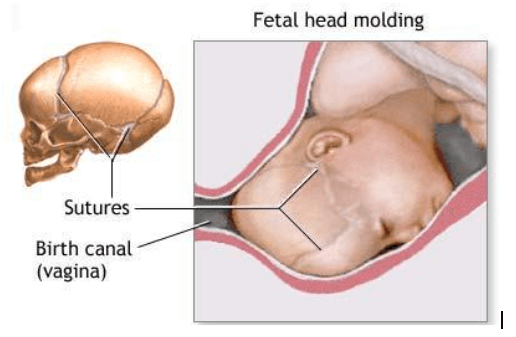Diagnosis and treatment
Diagnosis and treatment ( 10 Questions)
A nurse is assessing a client who has prolonged and obstructed labor.
Which of the following findings is a sign of obstructed labor?
it is not a sign of obstructed labour, but rather a sign of slow progress of labour. Slow progress can have many causes, such as weak contractions, maternal exhaustion, or fetal malposition.
it is not a sign of obstructed labour, but rather a normal finding. The normal range for fetal heart rate is 110 to 160 beats per minute.
is a sign of obstructed labour, which occurs when the baby cannot pass through the birth canal due to a mismatch between the size or position of the baby and the pelvis.
it is not a sign of obstructed labour, but rather a normal finding. The normal frequency for uterine contractions in active labour is 3 to 5 in 10 minutes.
is a sign of obstructed labour, which occurs when the baby cannot pass through the birth canal due to a mismatch between the size or position of the baby and the pelvis.
Moulding is the process of overlapping of the skull bones to reduce the diameter of the head and facilitate its passage. However, excessive moulding can indicate that the head is too large or the pelvis is too small for a normal delivery.

